Some of Earth’s most captivating destinations combine breathtaking beauty with elements of unpredictability that challenge visitors’ expectations and sometimes their safety. These locations attract travelers seeking extraordinary experiences, offering visual splendor alongside natural phenomena that can change dramatically with little warning.
From active volcanoes to extreme weather zones, these places demand respect for their volatile nature while rewarding intrepid explorers with unforgettable encounters. What makes these destinations special isn’t just their stunning appearance but the dynamic conditions that transform them from moment to moment.
Here is a list of 15 places that showcase nature’s remarkable beauty alongside its unpredictable temperament.
Yellowstone National Park, Wyoming
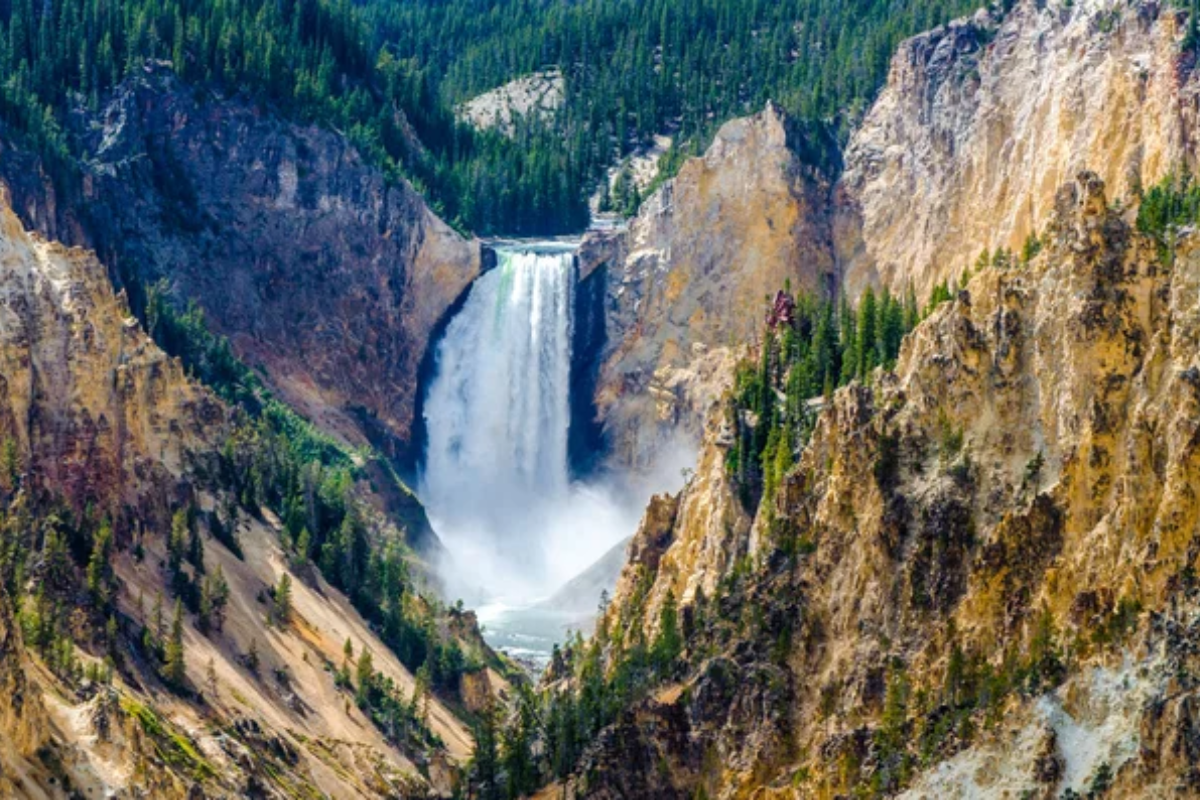
America’s first national park contains nearly 60% of the world’s geysers across a volcanic caldera that scientists monitor constantly for signs of activity. Visitors marvel at prismatic hot springs displaying otherworldly colors that shift throughout the day as bacterial mats respond to changing temperatures and sunlight angles.
Thermal features regularly disappear while new ones emerge without warning, sometimes destroying established boardwalks and visitor facilities overnight. The ground itself occasionally bulges upward as magma shifts beneath the surface, while wildlife, including bison and bears, follow unpredictable migration patterns that can transform a peaceful hiking trail into a dangerous crossing point within minutes.
Salar de Uyuni, Bolivia

The world’s largest salt flat transforms dramatically between seasons, creating entirely different experiences for travelers depending on timing. During dry months, the vast white expanse creates surreal perspective-bending photo opportunities across an otherworldly landscape of polygonal salt patterns stretching to the horizon.
Following rains, however, a thin layer of water transforms the entire area into the world’s largest mirror, perfectly reflecting the sky and creating the illusion of walking through clouds. Temperature fluctuations between day and night can exceed 60 degrees Fahrenheit, catching unprepared visitors with dangerous conditions after sunset despite the scorching midday heat.
Like Travel Pug’s content? Follow us on MSN.
Mount Etna, Sicily
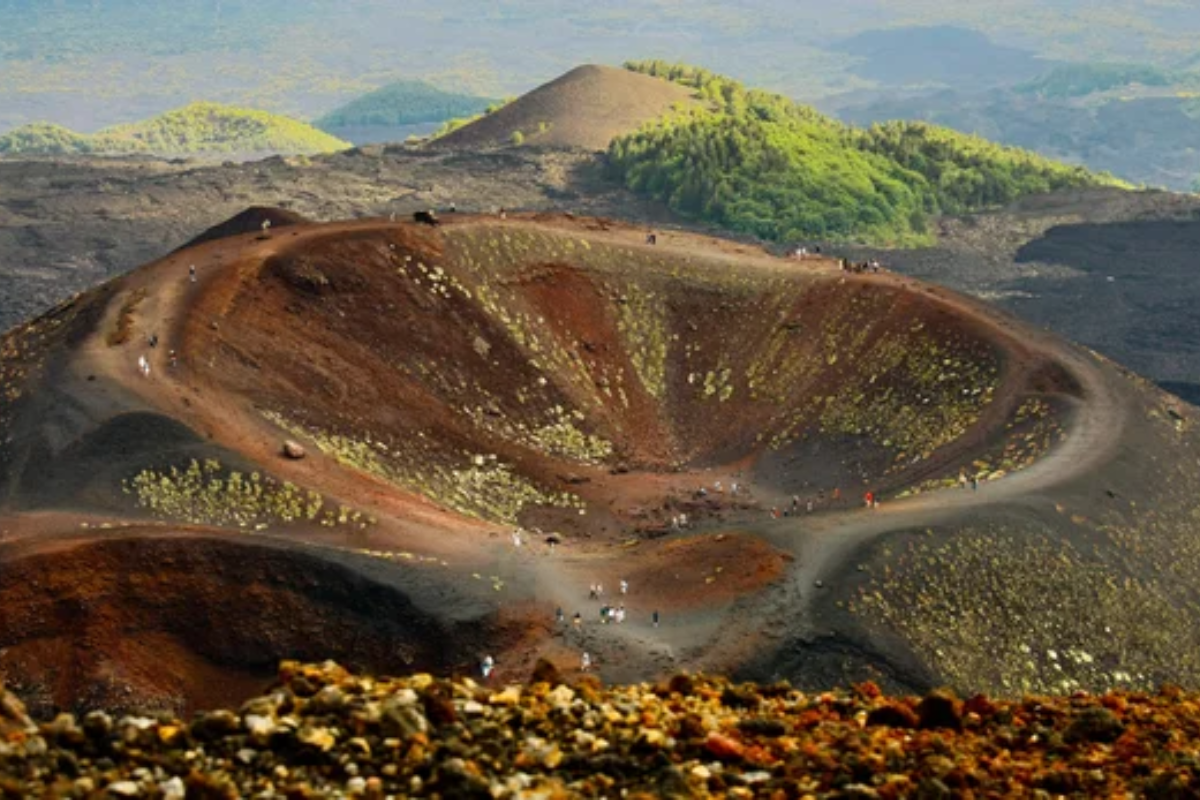
Europe’s most active volcano offers visitors ever-changing landscapes as new eruptions constantly reshape its slopes and create fresh lava fields. Hiking paths established one season may disappear beneath new flows the next, forcing guides to develop alternative routes through terrain that transforms with each eruption.
The mountain’s summit craters regularly deliver spectacular light shows as molten material launches skyward, sometimes accompanied by ash plumes that disrupt regional air travel and blanket nearby communities with volcanic debris. Despite these hazards, farms, and vineyards thrive on the extraordinarily fertile soil created through this very volatility, producing distinctive wines and crops that couldn’t exist without the volcano’s unpredictable nature.
Sossusvlei, Namibia
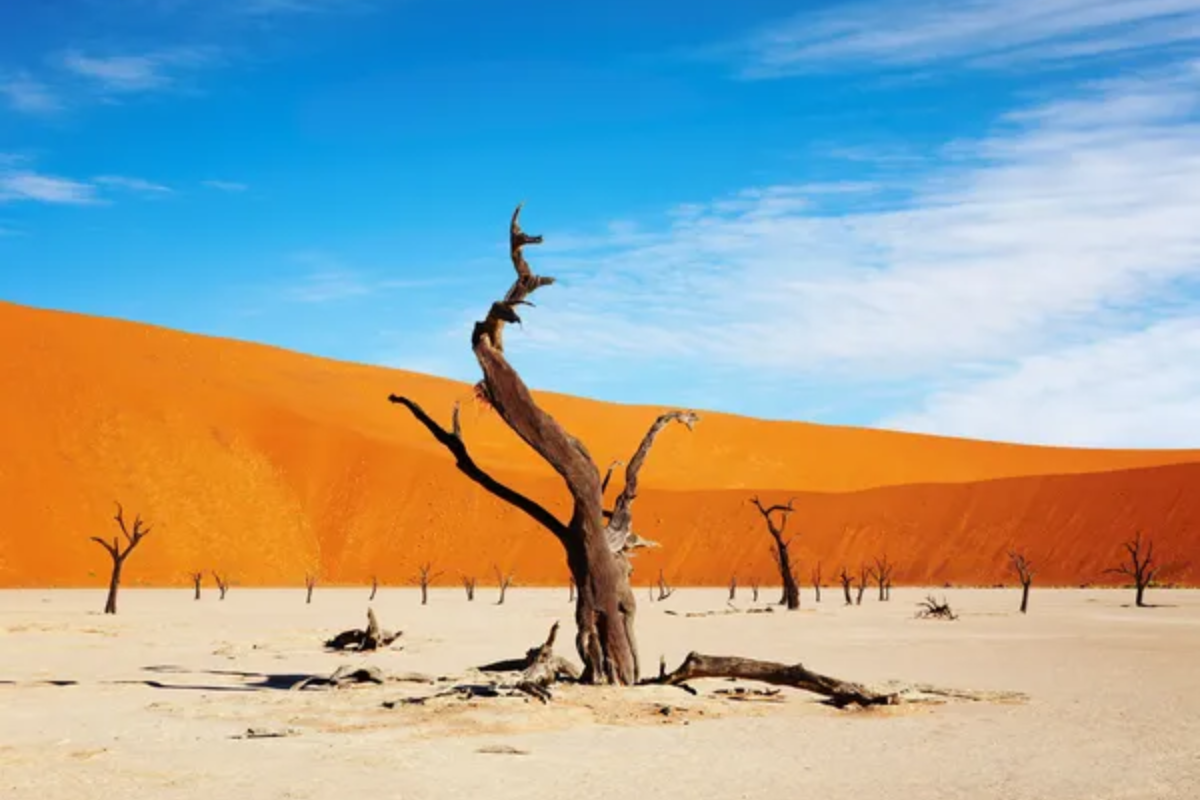
This iconic desert landscape features towering red dunes that appear permanently fixed yet actually migrate continuously through wind action that shifts their positions and contours. Morning fog from the distant Atlantic Ocean occasionally penetrates deep into the desert, creating an ethereal atmosphere before burning off to reveal harsh, sunbaked terrain by midday.
Flash floods transform bone-dry clay pans into temporary lakes within minutes following rare rainfall events, attracting wildlife that seems to appear from nowhere to take advantage of fleeting water sources. Temperature swings between day and night routinely exceed 70 degrees Fahrenheit, forcing visitors to pack for both extreme heat and near-freezing conditions for a single day’s excursion.
Tornado Alley, USA
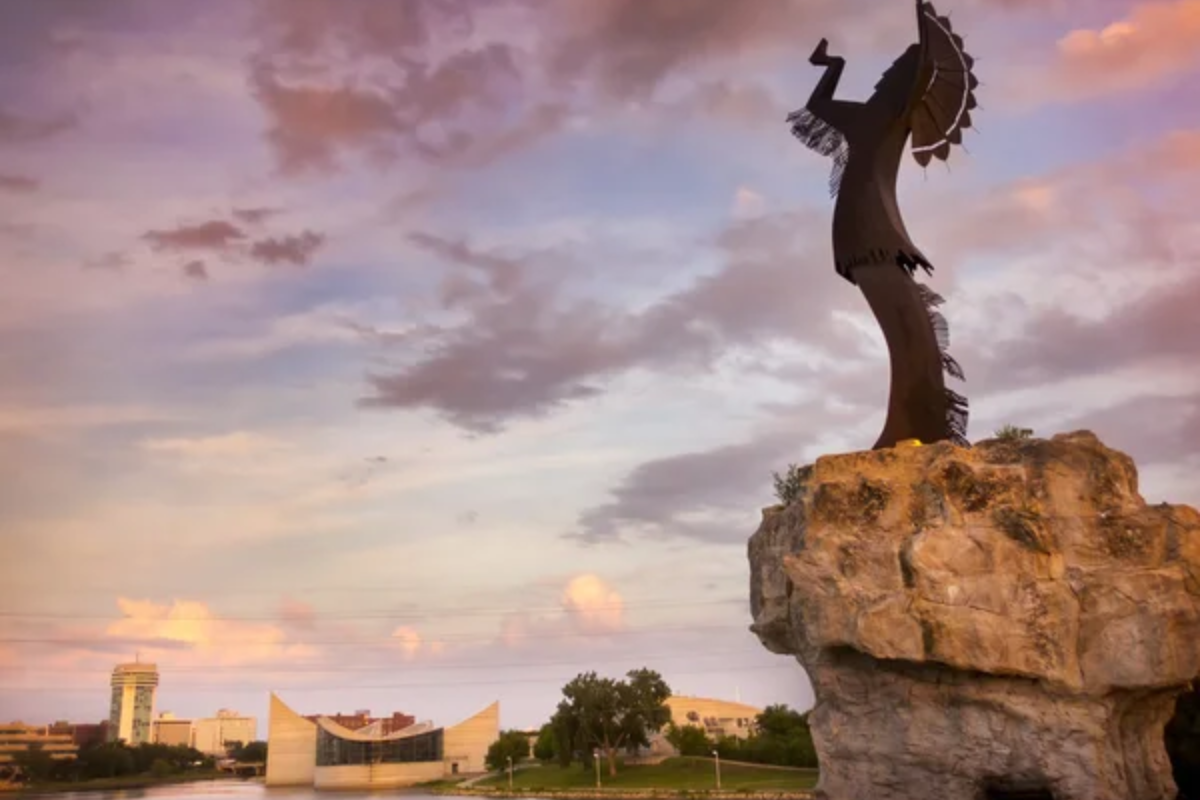
The central plains states offer some of North America’s most dramatic skyscapes as towering supercell thunderstorms build into rotating monsters that can produce violent tornadoes with little warning. Storm chasers and weather enthusiasts travel thousands of miles to witness these atmospheric formations, drawn by the combination of visual beauty and raw power they represent.
The same weather patterns create spectacular light conditions as storm fronts interact with setting sunlight, producing vivid rainbows, Mammatus cloud formations, and green-tinted skies that signal potential danger. Communities throughout the region have adapted to this unpredictability, building infrastructure designed to withstand nature’s most violent expressions while maintaining a healthy respect for forces that can transform tranquil farmland into disaster zones within minutes.
Like Travel Pug’s content? Follow us on MSN.
Galápagos Islands, Ecuador
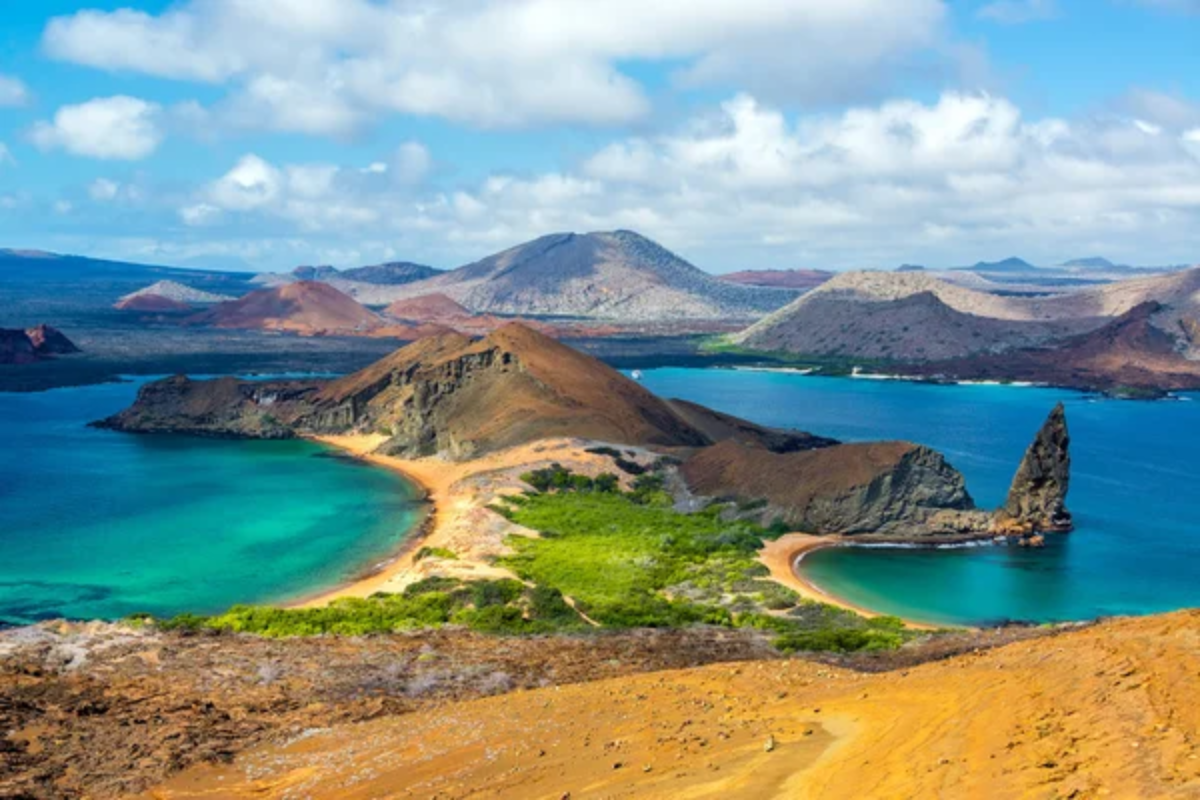
These isolated volcanic islands host unique wildlife adapted to challenging conditions that change dramatically with ocean currents and seasonal shifts. Marine iguanas grow larger or smaller depending on food availability, while volcanic landscapes transform as new eruptions add territory to certain islands while others slowly sink through tectonic activity.
The convergence of multiple ocean currents creates unpredictable fishing conditions that affect everything from sea lion populations to human settlements, with El Niño years bringing dramatic changes to typically arid islands through sudden intense rainfall. Visitors often find themselves adjusting itineraries as conditions change, with certain landing sites becoming inaccessible due to wildlife breeding activities or sudden volcanic events that close portions of islands without warning.
Iceland’s Hvítserkur Sea Stack
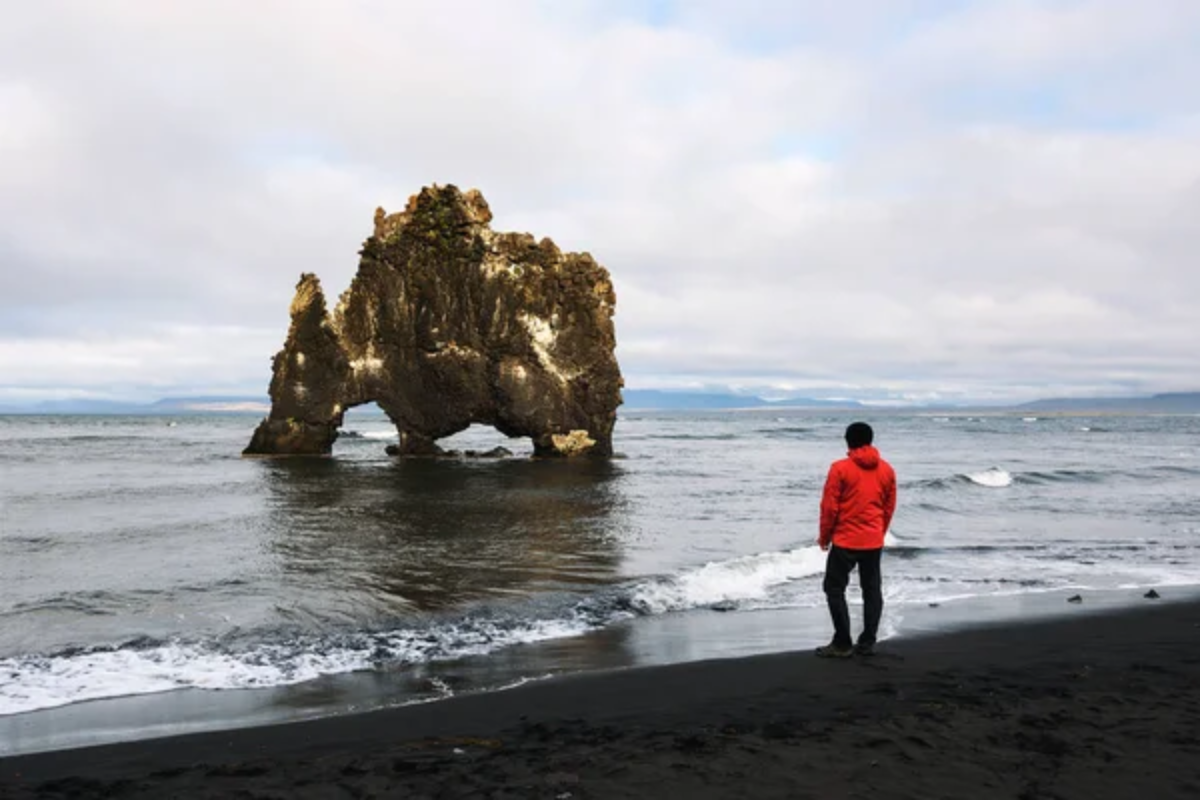
This 49-foot basalt formation resembling a dragon drinking from the ocean showcases nature’s impermanence through its gradually eroding structure. Coastal engineers have reinforced its base with concrete to prevent immediate collapse, creating an unusual intersection of natural beauty and human intervention.
The stack appears dramatically different depending on tide levels, sometimes standing in shallow water and other times surrounded by waves that crash against its base with tremendous force. Lighting conditions transform its appearance throughout the day, with dawn offering pink hues while sunset bathes the formation in golden tones that highlight every textural detail.
Visiting this landmark requires careful timing, as dangerous rip currents dominate the area during certain tidal cycles.
Pamukkale, Turkey
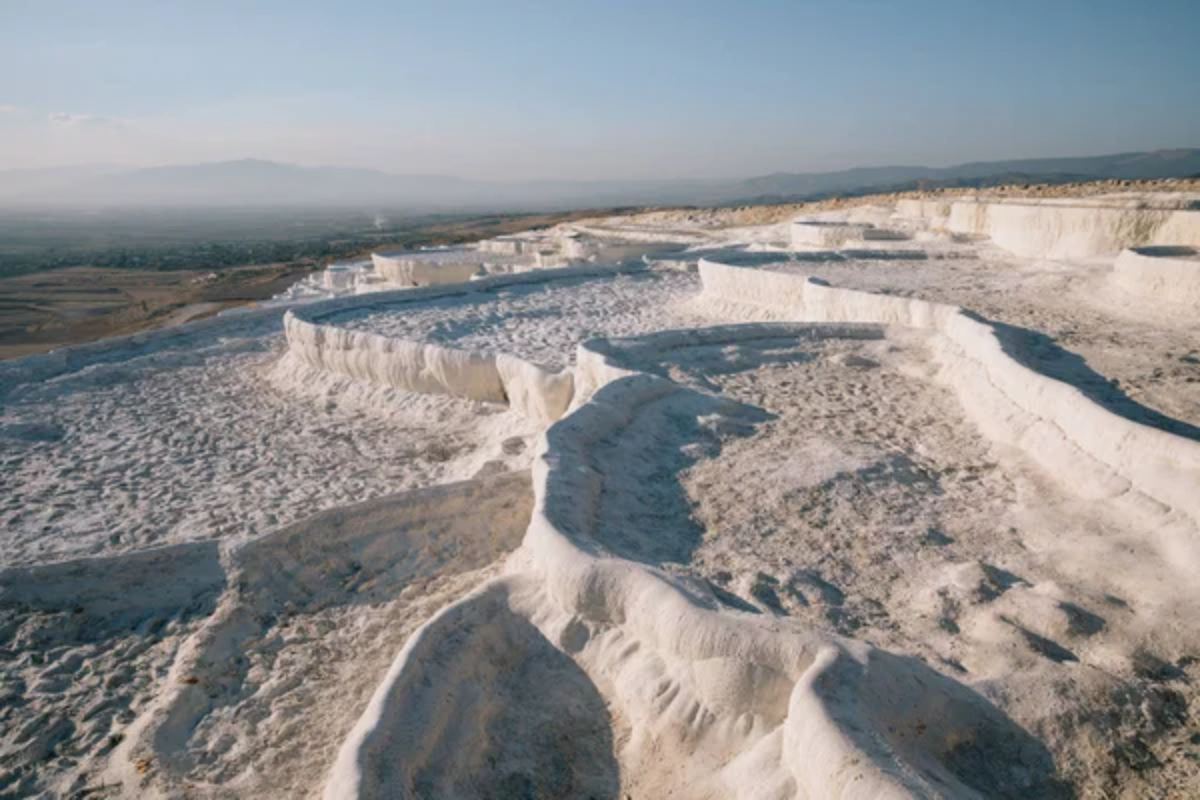
The “cotton castle” terraces formed by calcium-rich thermal waters create an otherworldly landscape that shifts continuously as minerals deposit across the hillside. Individual pools change color based on mineral content, sunlight angles, and seasonal variations in the water flow emerging from underground springs.
Turkish authorities periodically redirect water distribution across the site to prevent over-saturation in certain areas while encouraging new formation in others, creating a managed natural wonder that evolves through both geological processes and human intervention. Visitors find dramatically different landscapes depending on season and recent precipitation, with winter offering snow contrasted with steaming thermal waters while summer transforms the area into a blinding white expanse reflecting intense Mediterranean sunlight.
Like Travel Pug’s content? Follow us on MSN.
Waimangu Volcanic Valley, New Zealand
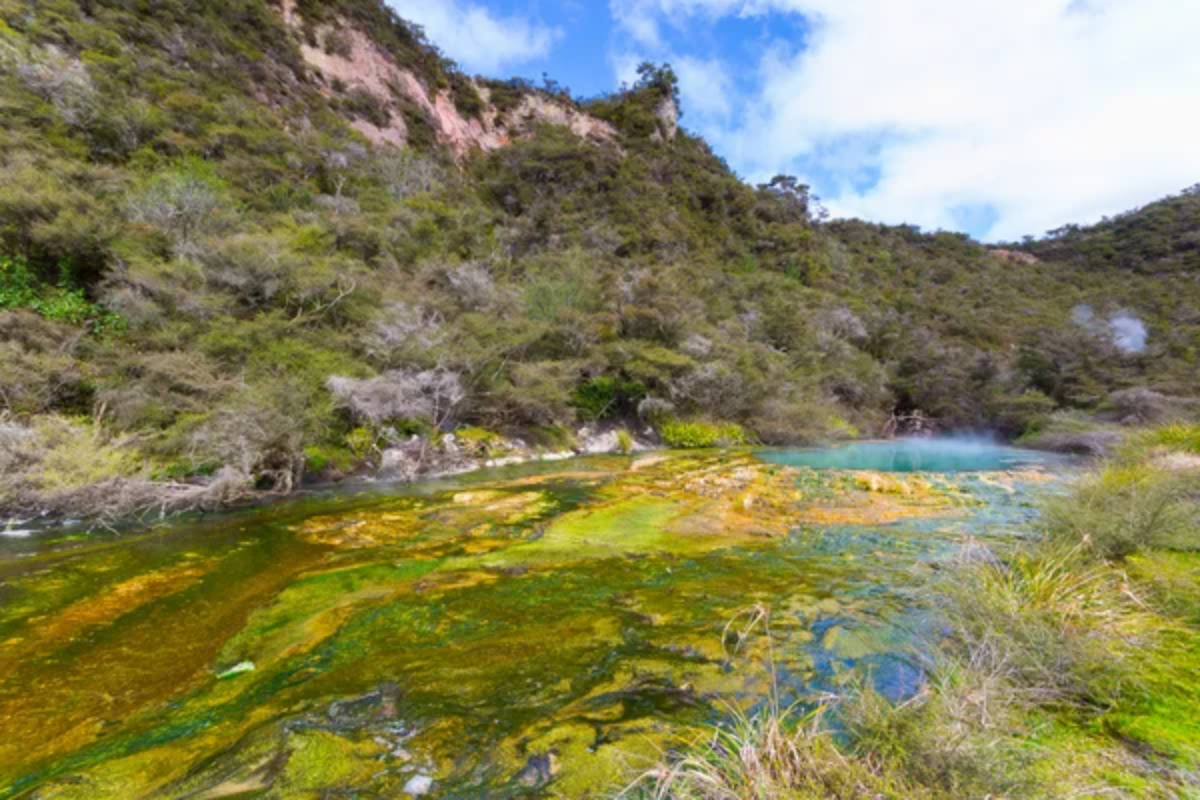
Created through a massive 1886 eruption that obliterated several villages, this geothermal valley continues evolving through ongoing volcanic activity beneath the surface. The valley’s centerpiece, Inferno Crater Lake, fluctuates in both water level and temperature through a mysterious cycle connected to nearby features, sometimes displaying brilliant blue waters before draining almost completely over 38 days.
Steam vents open and close without warning throughout the valley as underground pressure shifts, while new springs occasionally burst forth through forest floors previously considered stable. Frying Pan Lake—the world’s largest hot spring—maintains temperatures near boiling while changing color seasonally as different bacterial communities thrive in its mineral-rich waters.
Lake Baikal, Russia
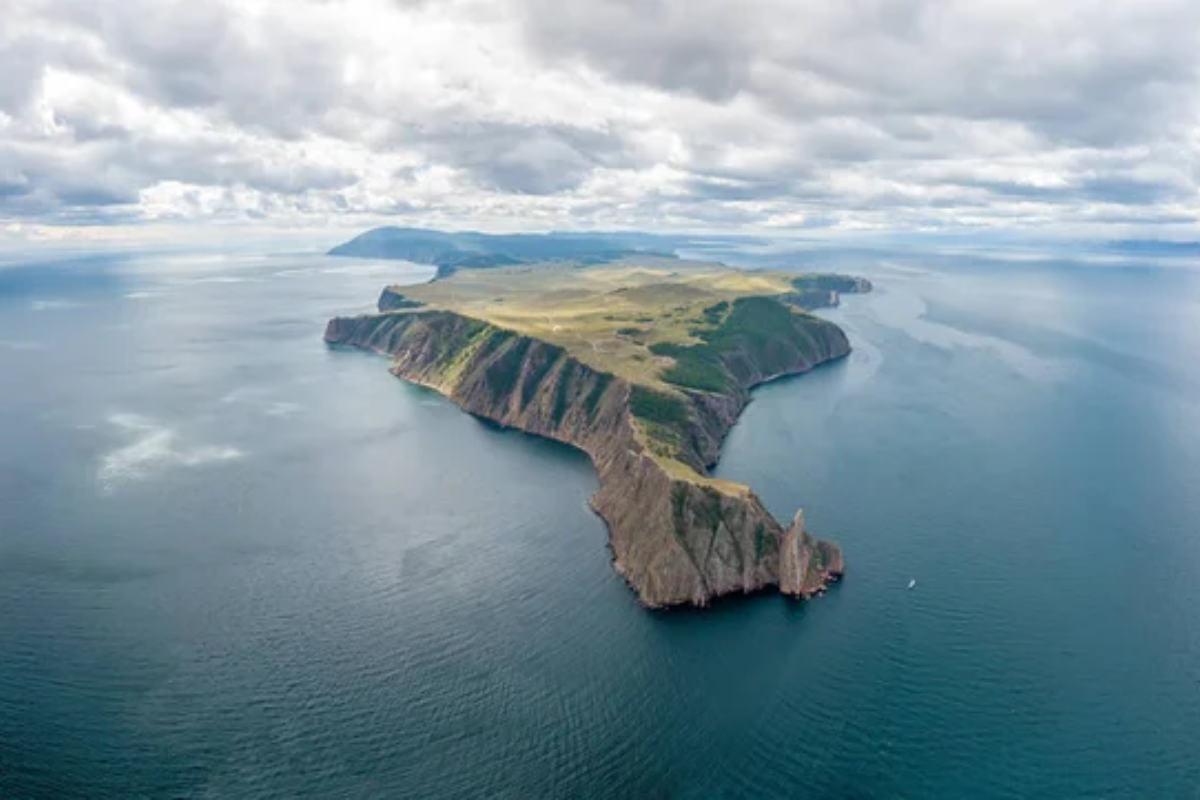
The world’s deepest and oldest lake presents vastly different experiences across seasons, transitioning from summer beach destination to winter ice highway supporting multi-ton trucks crossing its frozen surface. Methane bubbles rising from decomposing organic matter on the lakebed freeze in place during winter, creating transparent capsules visible through crystal-clear ice that can crack unexpectedly as temperatures fluctuate.
“Ice grenades”—pressure-formed ice shards—occasionally launch skyward with explosive force as the lake’s surface expands and contracts, while summer brings sudden storms that transform the lake’s normally calm surface into a treacherous environment for boaters. Despite these challenges, the lake hosts remarkable biodiversity, including freshwater seals that have adapted to its unpredictable environment.
Dallol, Ethiopia
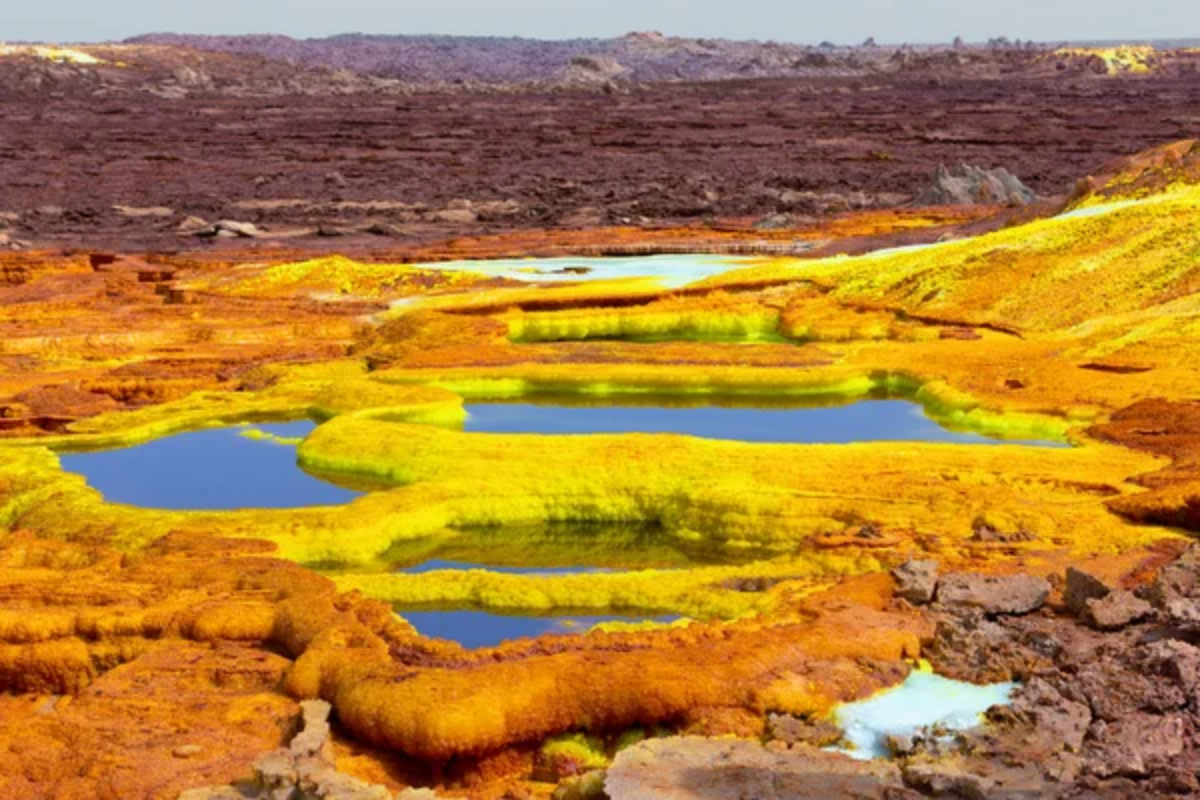
This alien landscape within the Danakil Depression combines extreme heat with acidic hot springs and mineral formations, creating psychedelic color patterns that constantly shift as new materials emerge from below. Temperatures regularly exceed 115°F while sulfuric acid pools maintain pH levels capable of dissolving metal objects and organic materials within hours.
Mineral formations grow visibly over days rather than geological timeframes, with new terraces and pillars emerging while others dissolve back into the caustic environment that created them. Local Afar tribespeople navigate this hostile terrain to harvest salt using methods unchanged for centuries, maintaining traditions adapted to one of Earth’s most unpredictable and inhospitable environments.
Like Travel Pug’s content? Follow us on MSN.
Mount Bromo, Indonesia
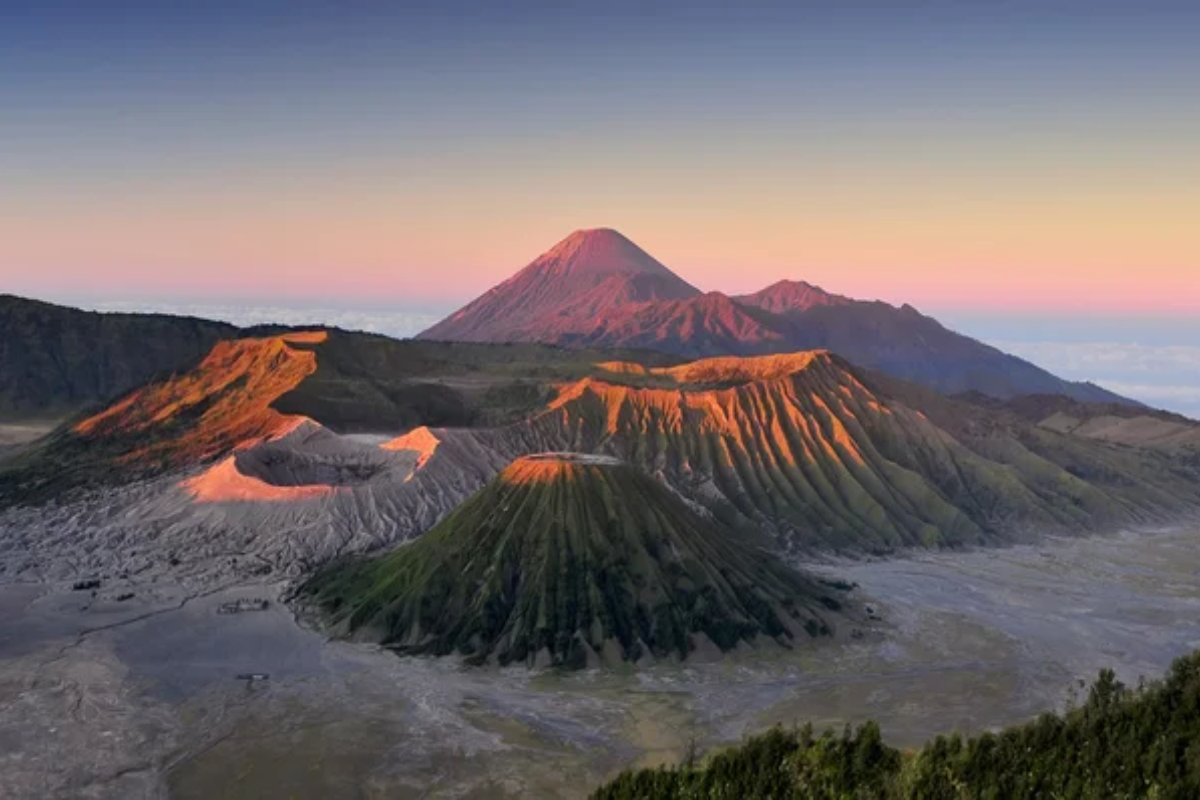
This active volcano within the larger Tengger caldera offers visitors ever-changing conditions as eruption cycles alternate between relative calm and explosive activity that transforms access routes and viewing areas. The surrounding “Sea of Sand” shifts continuously as wind redistributes volcanic ash across the massive caldera floor, sometimes covering paths completely while exposing previously buried features elsewhere.
Hindu worshippers conduct annual Kasada ceremonies regardless of volcanic activity, throwing offerings into the crater amid conditions that range from gentle steam emissions to dangerous ash eruptions that close the entire area to visitors. Early morning fog often blankets the landscape before burning off to reveal the stark volcanic terrain, creating wildly different experiences depending on arrival time.
Torres del Paine, Chile
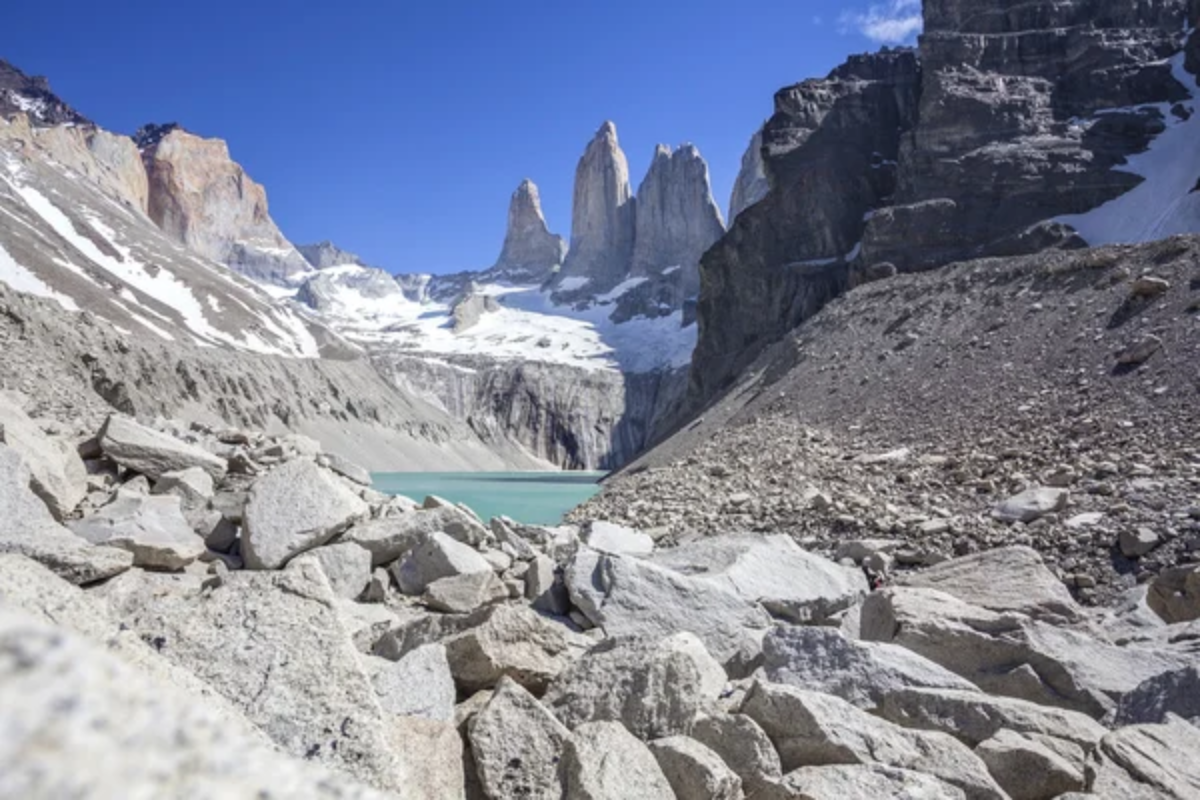
Patagonia’s crown jewel combines jagged mountain peaks with notoriously unpredictable weather patterns that can deliver four seasons within hours. Visitors frequently encounter snow squalls followed by brilliant sunshine and howling winds, only to repeat the cycle multiple times daily while hiking between dramatically different microclimates throughout the park.
The famous towers themselves appear and disappear behind rapidly moving cloud systems, sometimes remaining completely obscured for days before revealing themselves momentarily through breaks in the weather. Wildlife, including guanacos and pumas, adjust their movements based on these changing conditions, altering their typical patterns in ways that challenge both researchers and visitors hoping to observe them.
Geyser Valley, Kamchatka
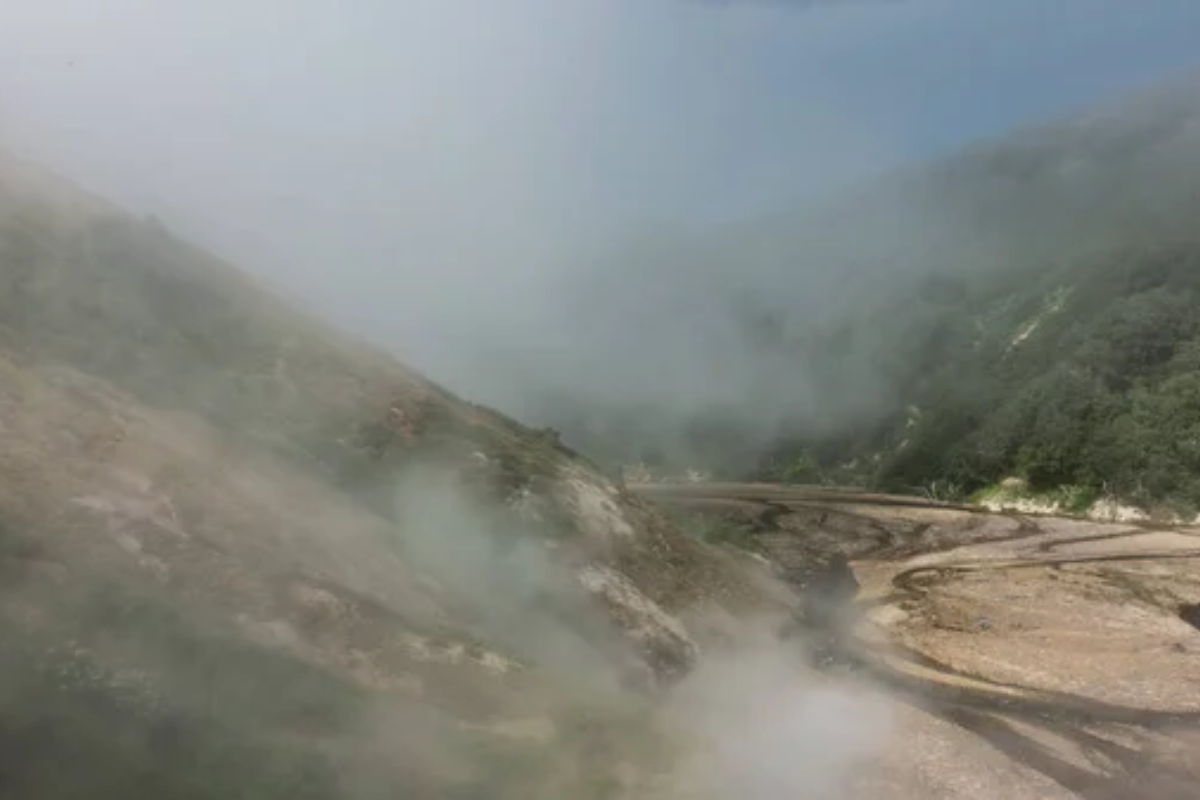
This remote Russian peninsula contains one of the world’s most concentrated geyser basins, featuring dozens of unpredictable thermal features within a narrow canyon accessible only by helicopter. Unlike Yellowstone’s relatively predictable Old Faithful, most of Kamchatka’s geysers erupt at irregular intervals determined by complex underground systems influenced by precipitation, seismic activity, and interactions between different thermal features.
The entire valley has been buried by landslides multiple times throughout recent history, most recently in 2007, when mudflows covered many major features, only to have some reemerge years later through continued thermal activity pushing through debris. Brown bears frequent the valley between eruptions, adding an element of wildlife unpredictability to an already volatile landscape.
Like Travel Pug’s content? Follow us on MSN.
Victoria Falls, Zambia/Zimbabwe
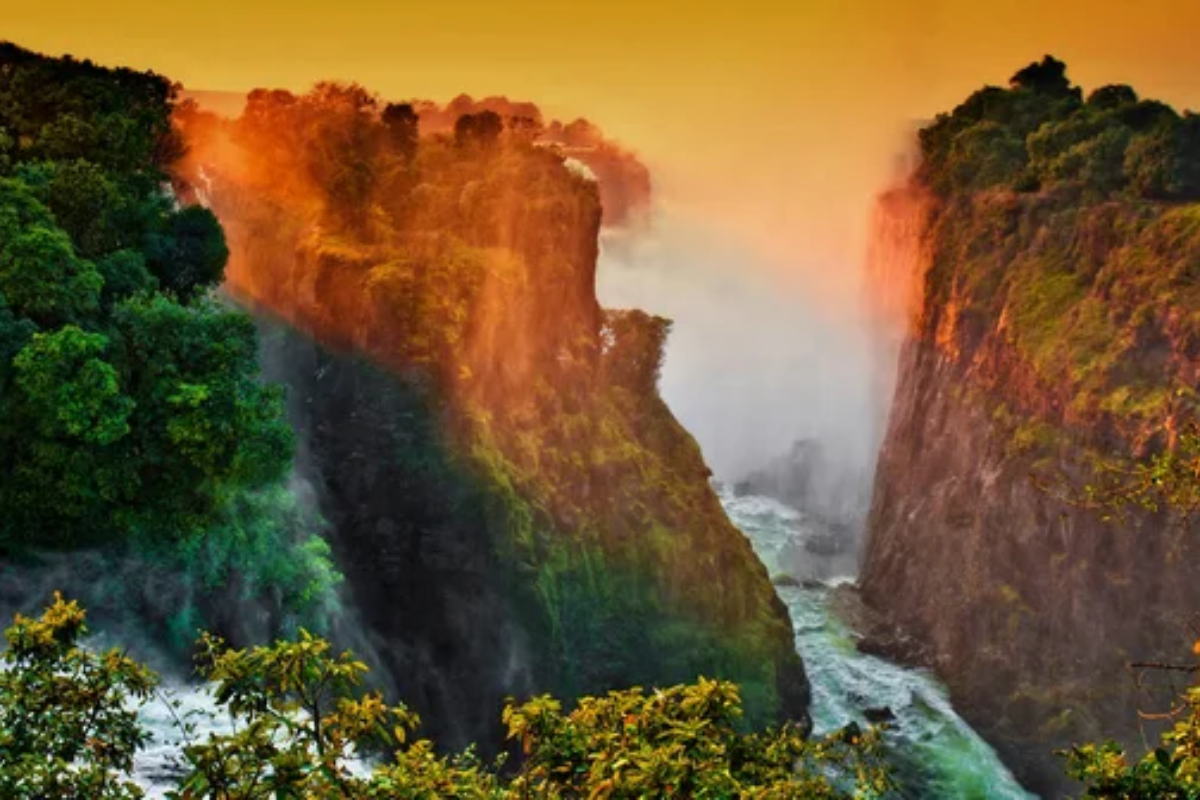
This massive waterfall transforms dramatically between seasons, from the thundering peak flow that creates a mist visible from 30 miles away to the dry season, revealing the complex rock structure normally hidden beneath thousands of gallons flowing over the edge every second. The famous Devil’s Pool—allowing swimmers to peer over the falls’ edge—exists only during specific water level conditions, disappearing completely during high flow periods that would sweep visitors over the 355-foot drop.
The microclimate created by the falls generates its weather patterns, including rain falling upward due to updrafts and perpetual rainbows forming in the mist during specific daylight hours. Lunar rainbows appear during full moon periods, creating nocturnal spectacles visible only during clear nights with precise lunar positioning.
The Unpredictable Majesty of Earth’s Dynamic Wonders
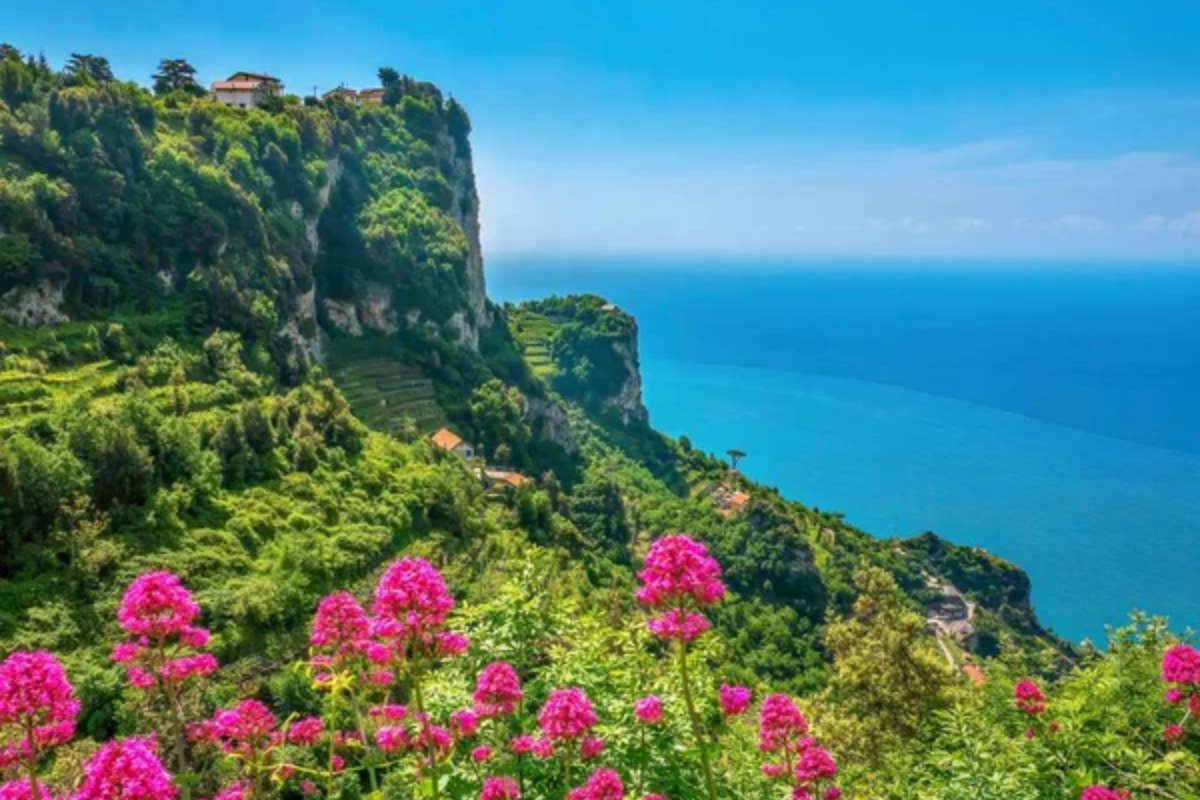
These fifteen destinations highlight the fascinating intersection of natural beauty and unpredictable forces that shape our planet’s most remarkable landscapes. Their appeal lies precisely in their changeability—the knowledge that no two visits will deliver identical experiences as geological processes, weather patterns, and seasonal variations continue transforming these places moment by moment.
While this unpredictability presents challenges for travelers seeking guaranteed experiences, it rewards flexible adventurers with unique encounters impossible to replicate. Our most magnificent destinations remind us that Earth remains a dynamic planet, where beauty emerges not despite instability but often because of it.
The very forces that make these places unpredictable are precisely what create their distinctive appeal for travelers willing to embrace nature’s inherent unpredictability.
More from Travel Pug

- Cities Growing so Fast You Won’t Recognize Them in 10 Years
- 13 Destinations Where Tourists Regularly Regret Their Trip
- 20 Obscure WWII Sites Even History Buffs Don’t Know About
- 10 Under-the-Radar Mountain Towns That Are Both Affordable and Beautiful
- 20 Abandoned Places That Feel Like Real-Life Post-Apocalyptic Movie Sets
Like Travel Pug’s content? Follow us on MSN.
